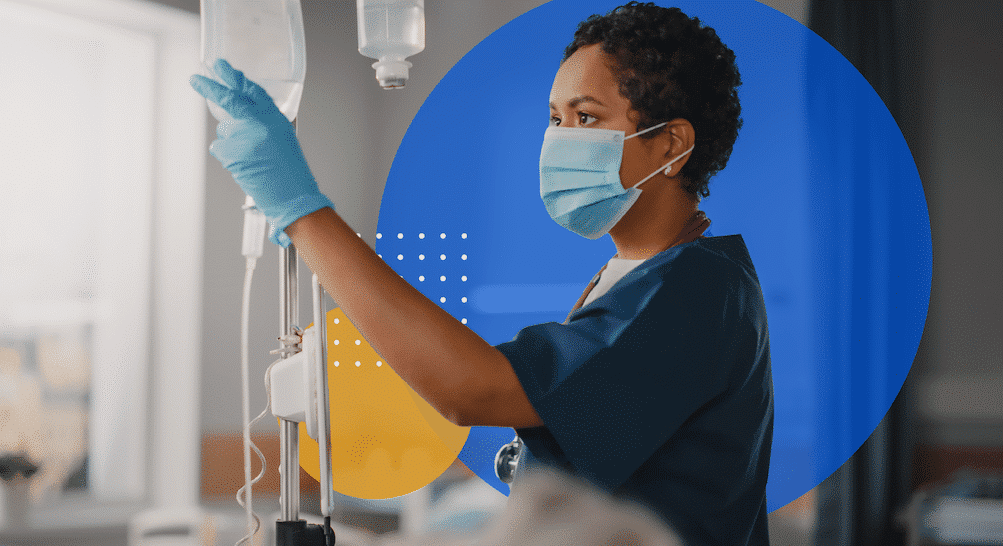Blog
Maximizing profits: Essential strategies for billing home health and home care services
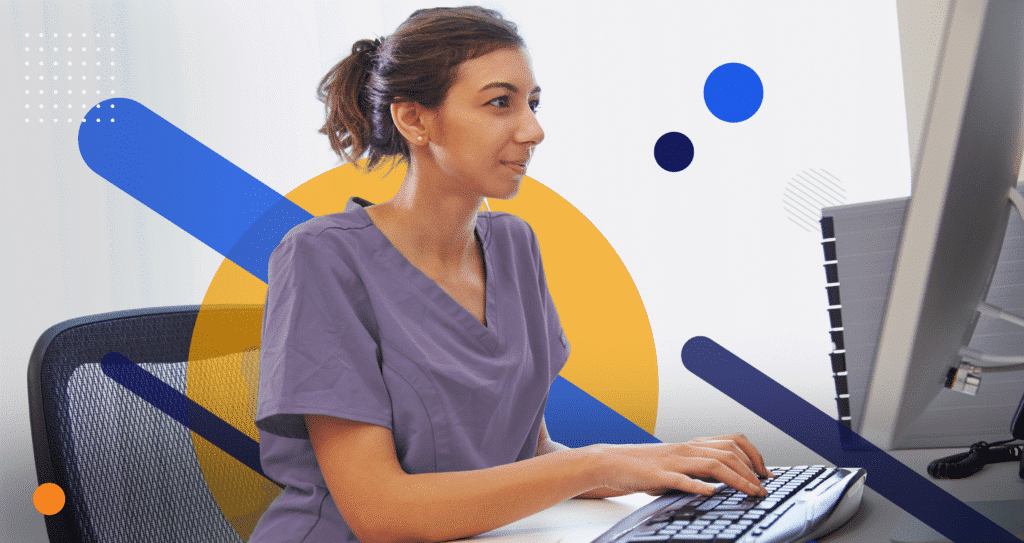
Navigating billing home health services can seem like navigating a maze. Cut through the confusion with our expert insights. Learn how to manage Medicare and Medicaid claims, prevent costly errors, and choose the right billing software for your billing home health needs. Begin your journey to a more streamlined billing system and healthier financial outcomes here.
Key takeaways
- Embrace sophisticated billing software and revenue cycle management for precise tracking and improved financial outcomes in home care services.
- Implement Electronic Visit Verification (EVV) and automated billing functionalities to enhance accuracy and streamline billing processes, ultimately ensuring compliance and optimized revenue.
- Focus on comprehensive compliance management and continuous staff training to minimize legal liabilities and maximize adherence to payer requirements.
The fundamentals of home care and home health billing

Effective home health billing requires an active strategy to oversee the revenue cycle with a clear understanding of Medicare, Medicaid, and private insurance regulations. To keep accurate records on services rendered for precise tracking that prevents mistakes or lost information, utilizing powerful software is vital in managing accounts receivable securely and financially stabilizing your agency over time.
This process presents its own collection of obstacles, such as denied claims and trouble making payments. It is important to develop solid relationships with insurers, which will help ensure effective chase after outstanding bills while also ensuring responsible dealing when collecting money, leading to consistent income results.
The revenue cycle management
Revenue cycle management (RCM) is an integral part of any home care business, as it tracks all the stages involved in financial processes, from patient registration to payment collection. This process involves sending out claims and ensuring payments are received on time, identifying revenue opportunities for client services while managing claim denials, and effectively capturing charges leading up to accounts receivable balances.
Value-based purchasing
Home care billing is an integral part of Medicare and Medicaid. As outlined by the Affordable Care Act, a Home Health Value-Based Purchasing (HHVBP) Model has been instated to enhance the quality of treatment as well as reduce costs related to home health services such as nursing aid, physical therapy, occupational therapy, and speech therapies, all funded through prospective payment systems allotted for this purpose.
Those who excel in providing superior medical service will be rewarded with reimbursements up to 5% higher than their competitors, while falling short may mean a reduction in payments from 2025 onward. Depending on performance scores assessed via advanced data analytics tracking patient outcomes regularly across agencies entering the HHVBP program.
Value-Based Purchasing and the Role of Home Care Software, Our Ultimate Guide
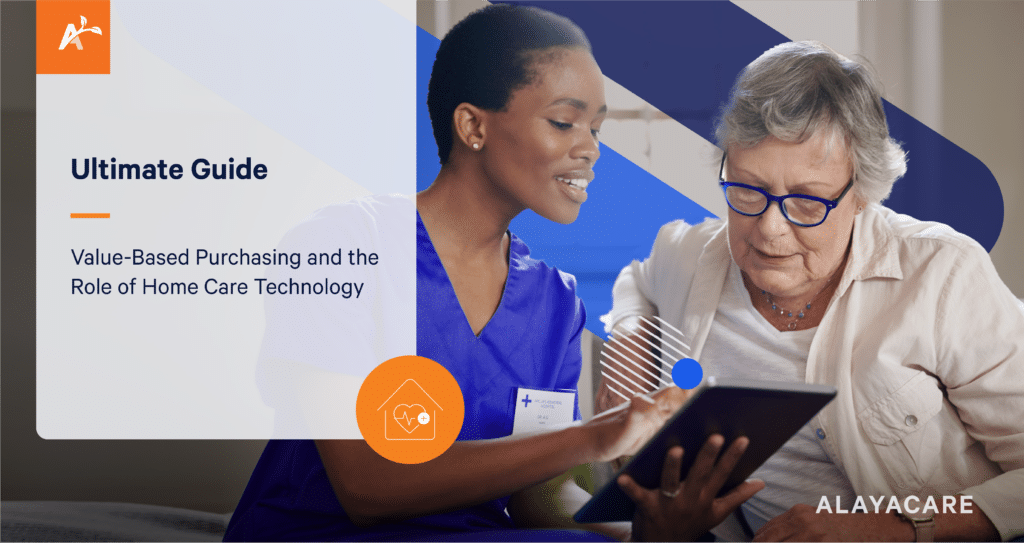
Adopting efficient billing practices
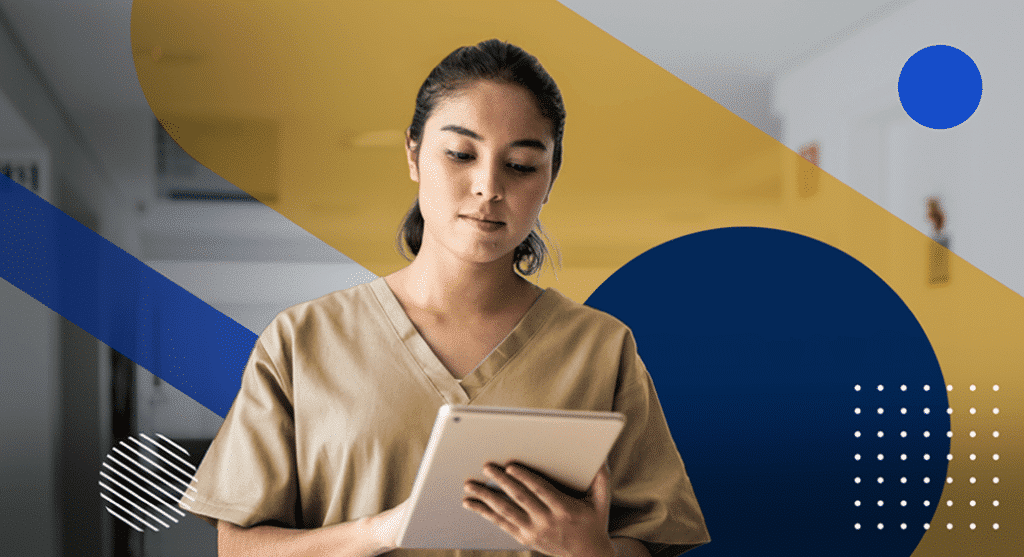
Efficiency is an important aim of home health and home care billing processes. Incorporating advanced techniques like automated functionalities and EVV can reduce errors, foster accuracy in the system, improve revenue generation capability, and save time used up on corrective measures or claim follow-up.
Taking these financial practices to another level with automated Medicare claims submissions offers numerous benefits:
- saving resources such as money and time,
- faster cash flow,
- and more income possibilities via data imports within related software systems,
— which ease off manual input mistakes while streamlining entry of relevant information swiftly.
Electronic Visit Verification (EVV)
Home health services are now subject to Electronic Visit Verification (EVV) to track crucial details of the care delivered – including type, recipient, date, and location, as well as who is providing it and what time frame they work within.
North Country Home Services from New York provides a solid example of EVV’s positive effects on operations, with improved accuracy and reduced errors overall for compliance purposes.
Let’s take a closer look!
Before using new billing software, North Country Home Services depended on paper forms and manual data entry, leading to errors causing many client visits to be un-reimbursable. To meet New York’s EVV regulations and adapt to the ever-changing compliance standards, NCHS chose AlayaCare for its reputation, instead of risking adjustments to their existing technology.
- North Country Home Services used AlayaCare’s end-to-end solution to seamlessly capture EVV data with incorporated mobile GPS-based tracking while remaining compliant with federal and state requirements and other compliance needs.
- They leveraged smartphone GPS data to provide accurate and audit-friendly time and attendance, while also providing a reassuring security tool for their nurses during home visits.
- This advanced approach to data tracking has allowed the agency to increase the state reimbursement rate of its visits by an impressive 12 percent.
- As a result, the state reimbursement rate for the agency has now surpassed 95 percent.
To ensure the system runs smoothly, an aggregator must be present so that validated data can be properly stored securely, preventing misuse along the way.
Automated billing functionality
Automated billing for home care presents many advantages, such as safeguarding revenue by tracking units when submitting claims and eliminating manual claim handling, which eliminates errors. It substantially reduces paperwork while accelerating the processing time, enabling providers to get paid promptly.
Online payment processing provides several benefits, too. Principally saving staff valuable time with less administrative work and reducing costs associated with manual processes through better monitoring of payment records that also add security against fraudulence threats.
Finally, real-time reporting grants transparency in finances leading to exact payments due plus streamlining activities hence lowering expenditures connected to paperwork procedures.
Selecting the right home care and home health billing software

To ensure a smooth billing process and to increase the efficiency of your home health agency, it is crucial to select the best-suited software. You need to evaluate features as well as vendor support when choosing one.
The ideal system should offer:
- Cost-effective recruitment standardization
- Simplified management functions for better care communication
- Reduced paperwork
- Increased productivity overall with improved financial transparency
- Automated scheduling tasks on an administrative level
So, what should you be considering in terms of home health billing solutions? How do you measure up vendor assistance? Let’s take a closer look!
Key features to consider
For a successful home care billing process, certain features must be present in the software used. When looking for a software to streamline your billing processes consider the following questions.
Does the software…
- Integrate directly with your accounting software?
- Offer flat file integration (a CSV or Excel export) or does data flow automatically?
- Integrate into a desktop-based or online accounting software, or both?
- Have split-billing capabilities?
- Have long-term care billing capabilities?
- Provide the ability to quickly pull a custom billing data set for a particular set of clients for a particular payer?
- Include customizable bill rates and pay codes?
- Automatically check client eligibility so that claims do not risk rejection?
- Offer one-click upload to clearinghouses?
- Automatically search for potential errors before submission?
From paperwork to profit: 4 methods to optimize home care billing & payroll

Evaluating vendor support
When selecting home care billing software, it is critical to consider the vendor’s support.
- Ensure they provide trustworthy assistance via multiple platforms such as phone calls, emails or instant messages.
- Make sure that comprehensive teaching and onboarding processes are available so your team can take full advantage of the features provided by this software.
- Scan for positive testimonials from other agencies to ascertain its performance level and consistency when integrating with their systems
Home Health 360 Podcast Ep. 58:
Successful software implementation for organizational transformation in home-based care
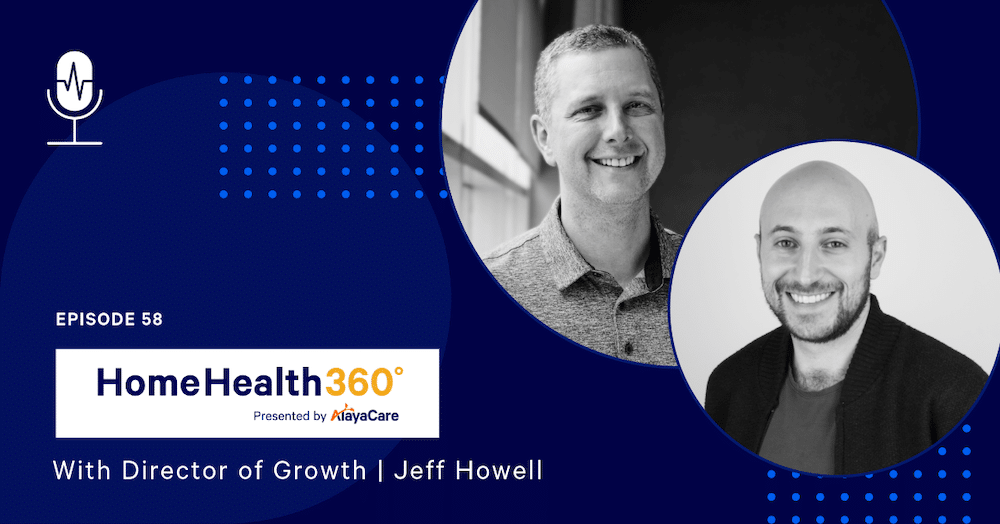
Summary
As we’ve explored, efficient billing and compliance are the pillars of successful home care and home health services.
Understanding the fundamentals of billing, adopting efficient practices like EVV and automated functionality, ensuring compliance through built-in tools and training, addressing common challenges, and selecting the right software are all crucial steps toward maximizing profits.
Whether you’re a seasoned home care agency or just starting, these insights can help you streamline your billing processes and ensure a healthy, thriving business.
Hear Lake Ridge Community Support Services’ story on how they combat billing challenges and more:


